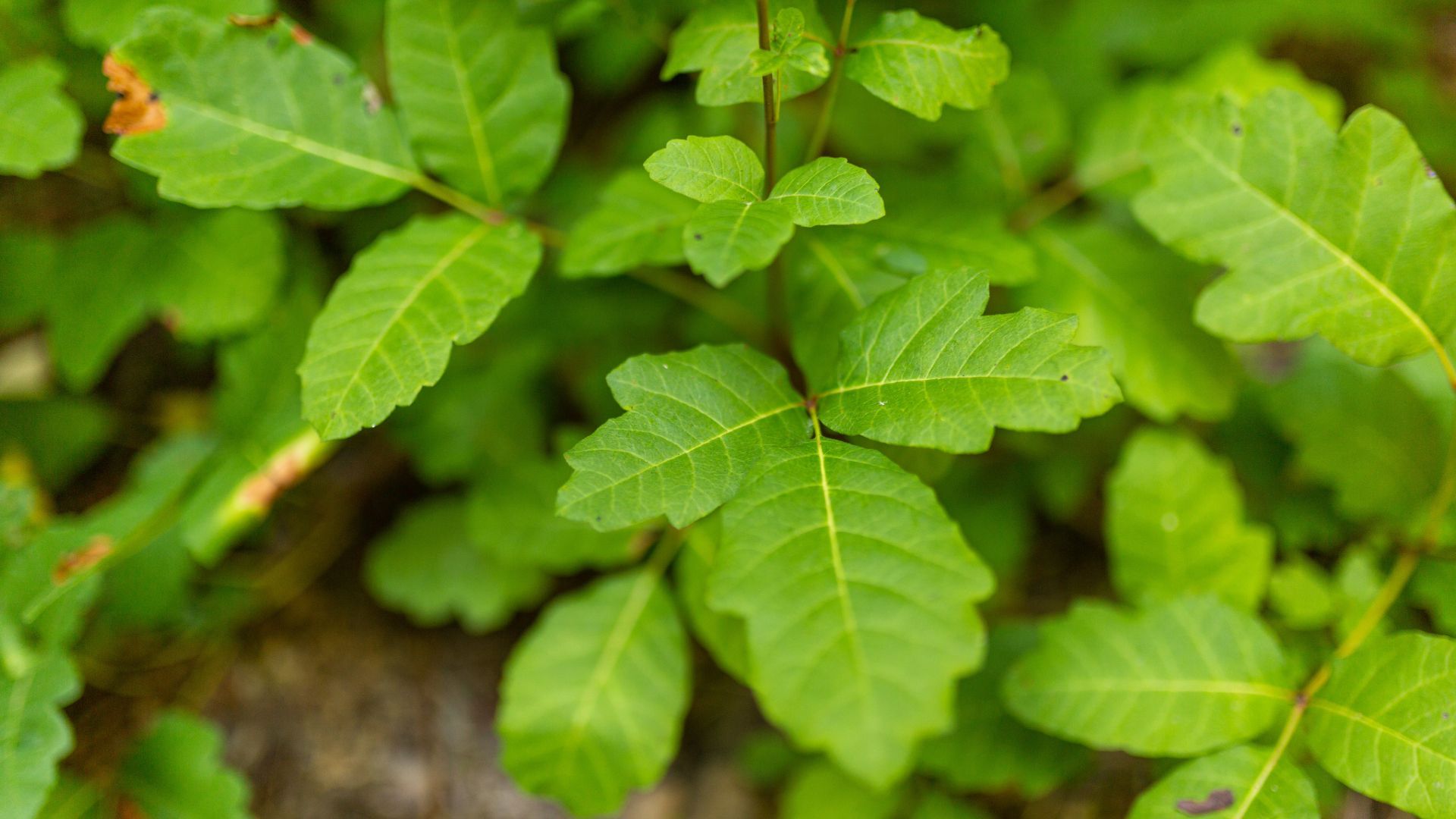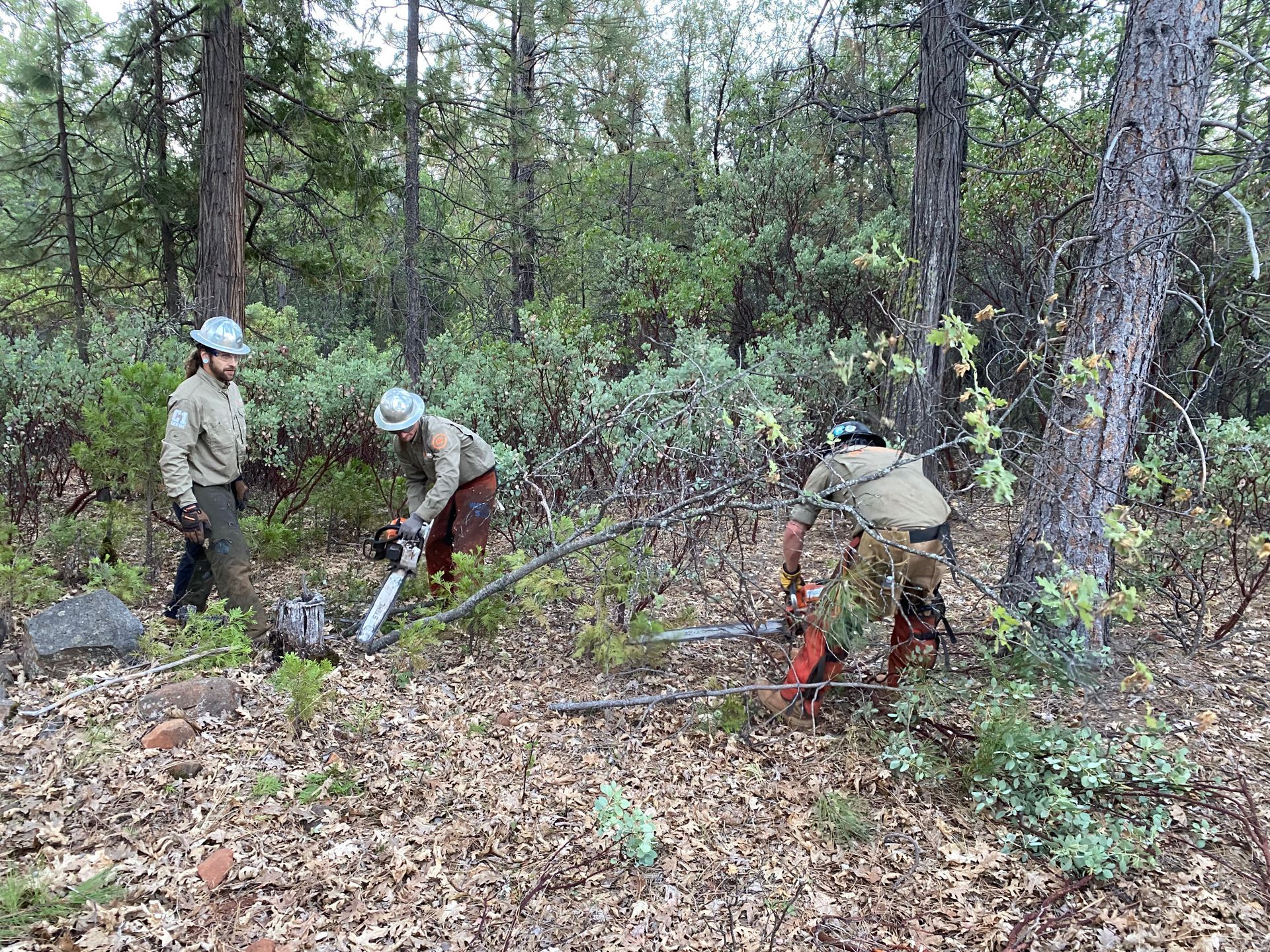Protect Your Property From Wildfires
Winter Property Cleanup TipS
HOW to Cut, Clear, and Prepare for Fire Season
Winter might seem like the time to kick back and forget about yard work, but if you own property in wildfire-prone areas, now is the best time to get ahead of the game. The cooler months offer the perfect opportunity to reduce brush, clear out dead material, and thin overgrown vegetation—all before fire season roars back to life.
Why winter? Simple. Vegetation is dormant, chainsaw work is safer, and you’re not battling scorching summer heat while doing it. Let’s break down why winter is prime time for property cleanup, how to do it safely and effectively, and why preparing now could save your property later.
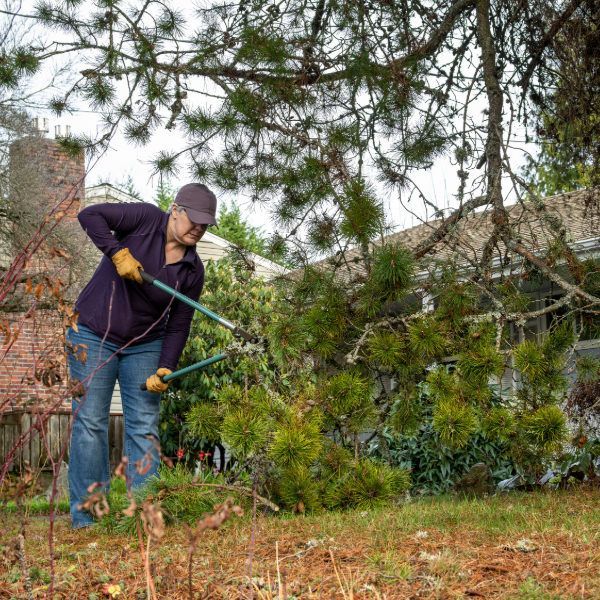
Why Winter is the Best Time to
remove Brush & Dead Material
🔥 Lower Fire Risk = Safer Work Conditions
Ever worry about a spark from a chainsaw or mower setting dry summer grass ablaze? In winter, that risk drops significantly. Cooler temperatures, higher humidity, and damp ground conditions make mechanical work like chainsawing and brush cutting much safer than in peak fire season.
🌲 Example: A metal blade from a brush cutter striking a rock in July could send sparks flying into dry, flammable grass, igniting a wildfire. That same blade hitting a rock in January? The wet, cool conditions make it far less likely to start a fire.
🌿 Vegetation is Dormant – Easier to Cut & Clear
Winter slows plant growth, meaning vegetation is less dense, more brittle, and easier to remove. Sap levels are lower, so trees and shrubs aren’t as "sticky" when cutting, making chainsaw work smoother. Thinning overcrowded trees is also easier because you can see the true shape of the canopy without all the dense leaves getting in the way.
🌲 Example: Trying to cut thick manzanita in the summer is like wrestling a jungle—it fights back. In winter, the same shrub is brittle and much easier to remove.
The Three Biggest Benefits of Winter Cleanup
✅ Reduce Fuel Loads Now, Not When It’s Too Late
Dead trees, dried-out brush, and overgrown vegetation are fuel for wildfires. The more you remove in the winter, the less fuel is available for flames in the summer. Fire doesn’t care if the debris has been there for years—it will burn all the same.
🔥 CAL FIRE Says: “The intensity of a wildfire is directly related to the amount of vegetation available to burn.” Clearing excess vegetation reduces that intensity, giving firefighters a better chance to defend your property.
✅ Thinning = Healthier, More Fire-Resistant Property
Overcrowded trees and dense brush compete for sunlight, nutrients, and water. By thinning them out, you create stronger, healthier vegetation that’s more resistant to disease, pests, and—most importantly—fire.
🌲 Example: A fire moving through a dense, overcrowded stand of trees will climb from ground fuels into the canopy, creating an unstoppable crown fire. A well-thinned area? The fire stays low, burning out rather than taking down everything in its path.
✅ Get Ahead of Fire Season
Come spring, everyone will be scrambling to meet defensible space requirements before fire season kicks in. But you’ll already be done, avoiding last-minute rushes and contractor shortages. Plus, cleanup is easier before the spring growth explosion kicks in.
🔥 CAL FIRE Defensible Space Tip: “Maintaining defensible space is not a one-time effort—it requires regular maintenance.” Doing it in winter means less maintenance later.
How to Tackle Your Winter Cleanup Like a Pro
1️⃣ Start With the Dead Stuff
Begin by removing dead trees, branches, and fallen material. If it’s dry and brittle, it’s a fire hazard. Prioritize large deadwood closest to your home and work outward.
2️⃣ Thin Overcrowded Trees & Brush
Look for trees growing too close together (less than 10 feet apart). Thin them out to create firebreaks, which slow down flames if a wildfire approaches.
🔹 Pro Tip: Keep tree branches at least 6-10 feet off the ground to prevent ground fires from climbing into the canopy.
3️⃣ Cut Back Overgrown Shrubs & Brush
Manzanita, chamise, and other fast-growing shrubs can create a fire ladder that allows flames to climb. Cut them back, maintaining good spacing between plants.
🔹 Spacing Guide:
- Small shrubs: 2-4 feet apart
- Medium shrubs: 4-6 feet apart
- Large shrubs: 6-10 feet apart
4️⃣ Dispose of Debris Properly
Once you’ve cut it,
get it off your property. Options include:
✔
Chipping – Turns material into mulch that can be used or hauled away
✔
Burning – Follow
our safe burning guidelines
✔
Hauling – Load it into a trailer and take it to a green waste facility
🔥 REMEMBER: Piling up brush and leaving it doesn’t reduce fire danger—you’ve just relocated the fuel!
Winter Work = Summer Safety
Every year, we hear the same thing: “I should have done more before fire season.” Winter is your golden opportunity to get ahead of wildfire risk while conditions are safest.
✅
Safer chainsaw and mechanical work
✅
Easier removal of dead and overgrown vegetation
✅
Less stress when fire season arrives
By tackling winter property cleanup now, you make your home and land more defensible, more resilient, and better prepared for whatever fire season throws your way.
🚨
Need help clearing brush and thinning your property? Call
Grind Fire Defense today and let’s get to work—before fire season does. 🚒🔥
Resources
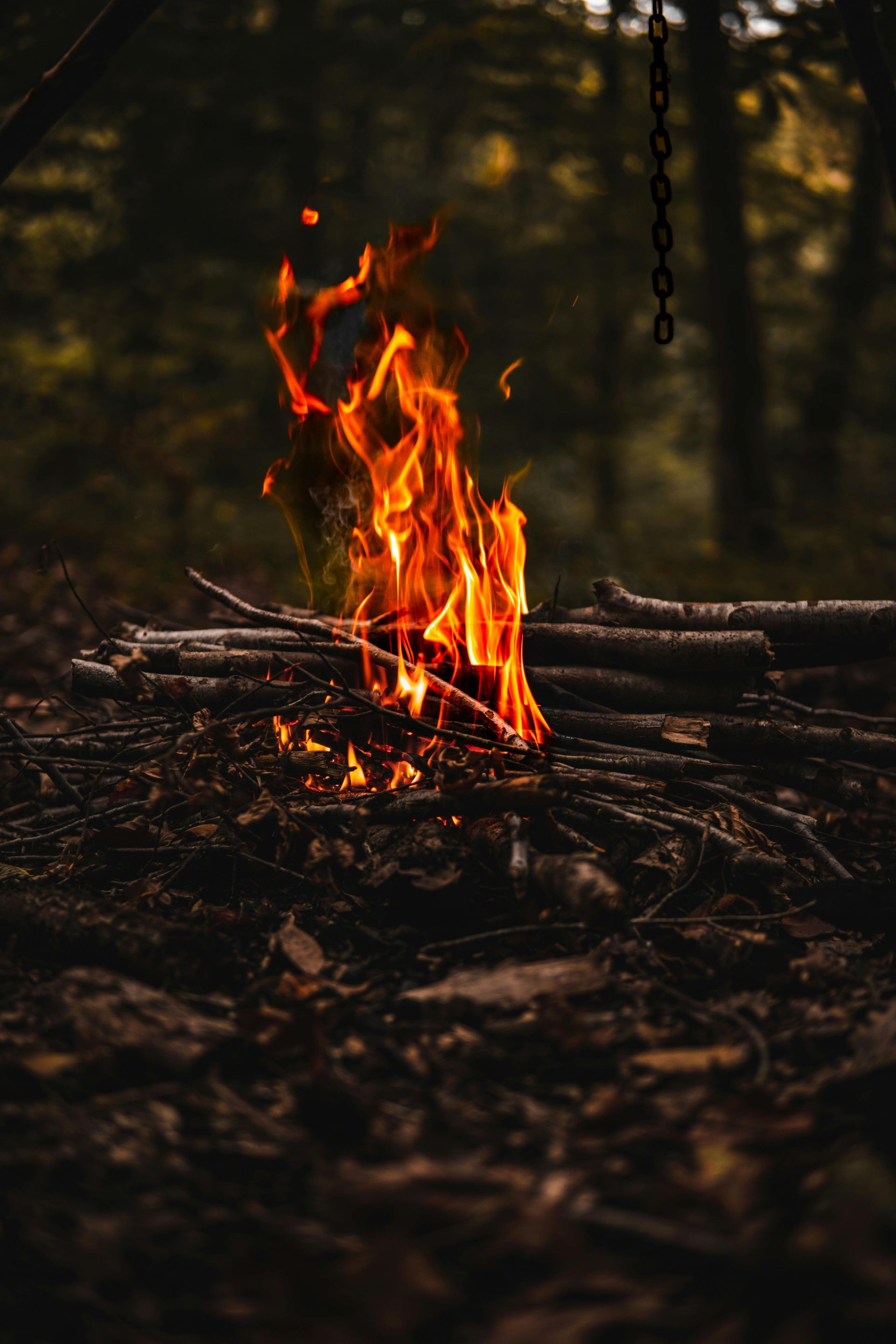
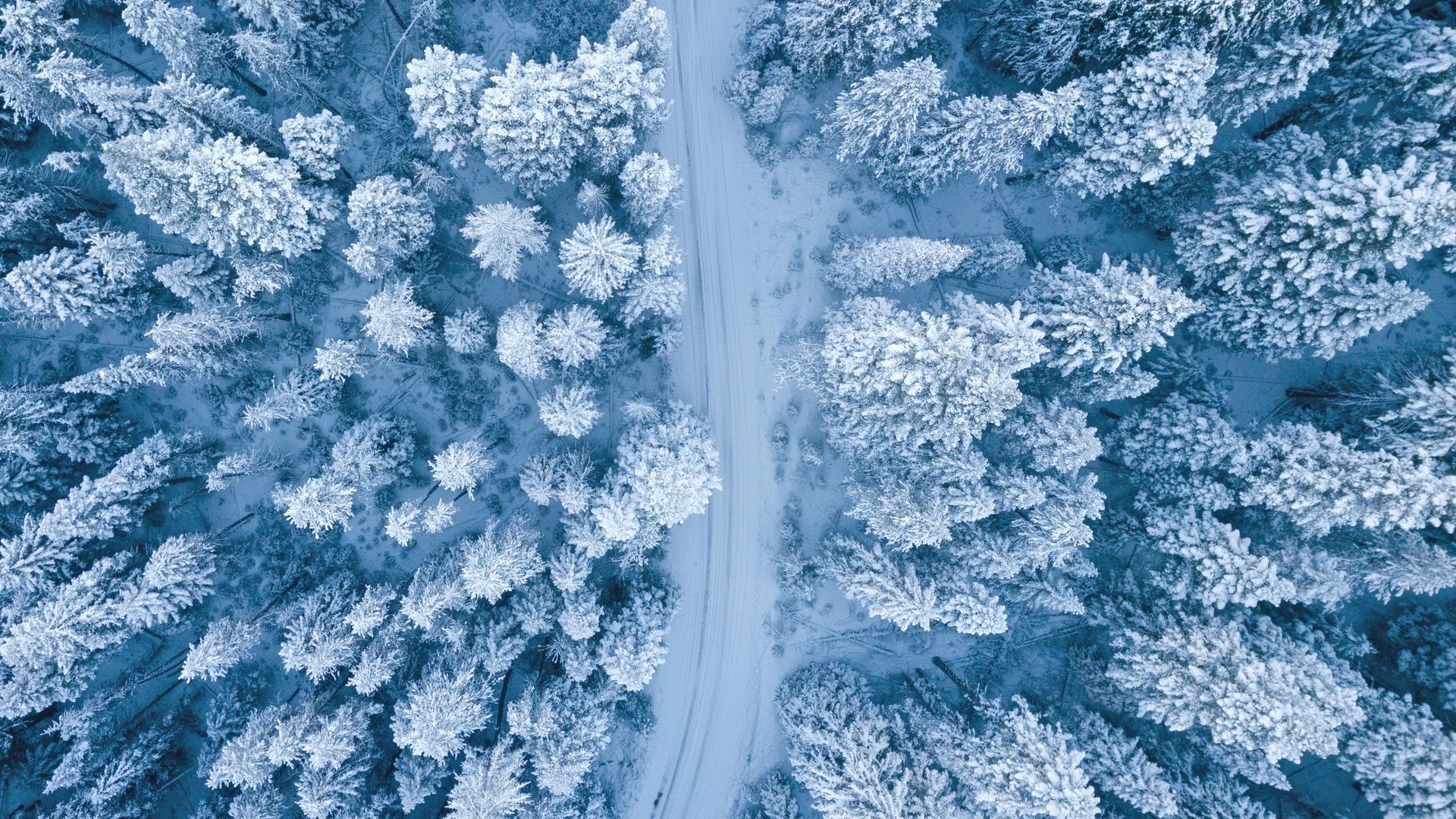
BEFORE & AFTER Pictures

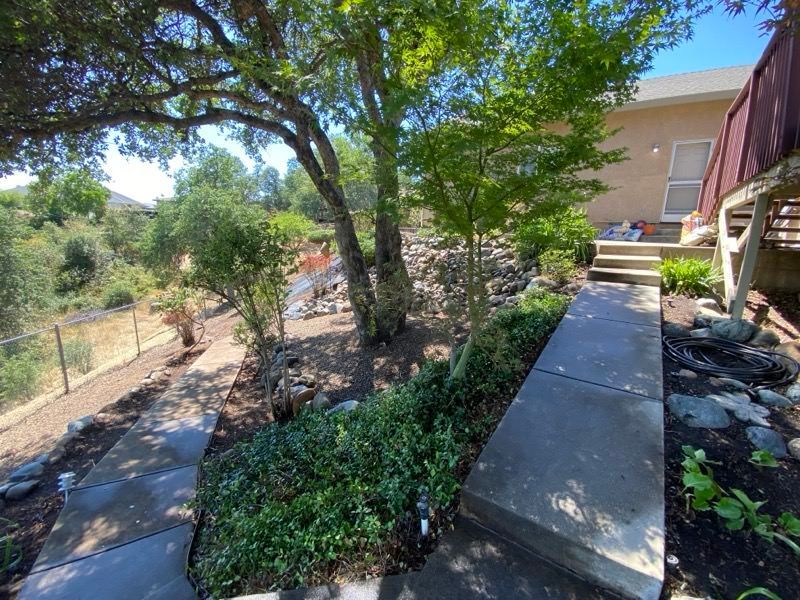
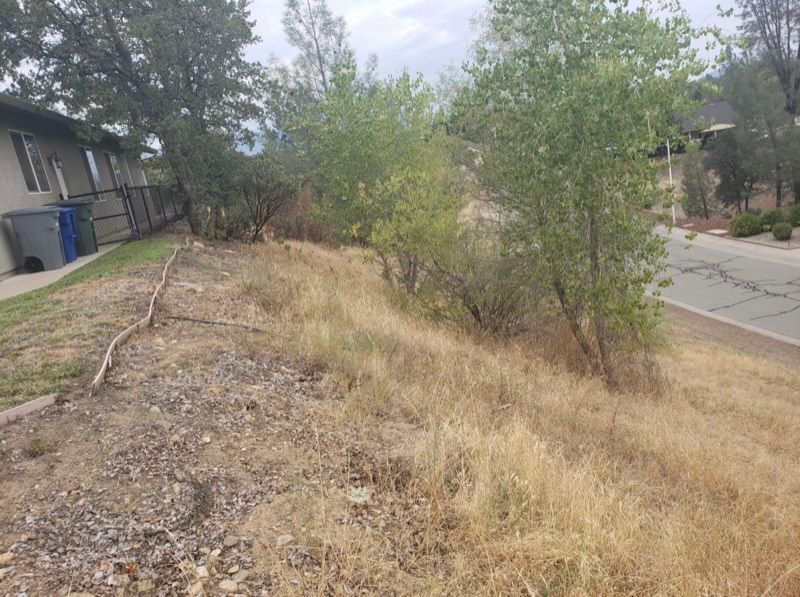
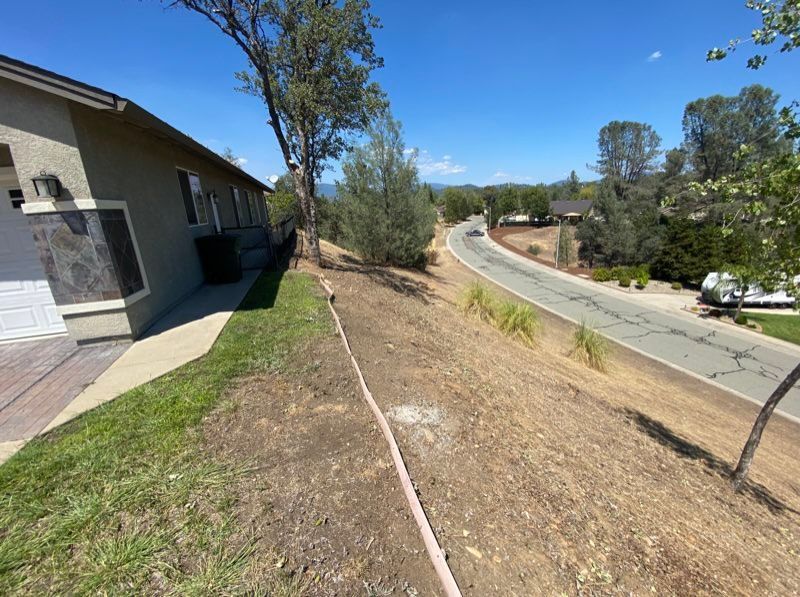
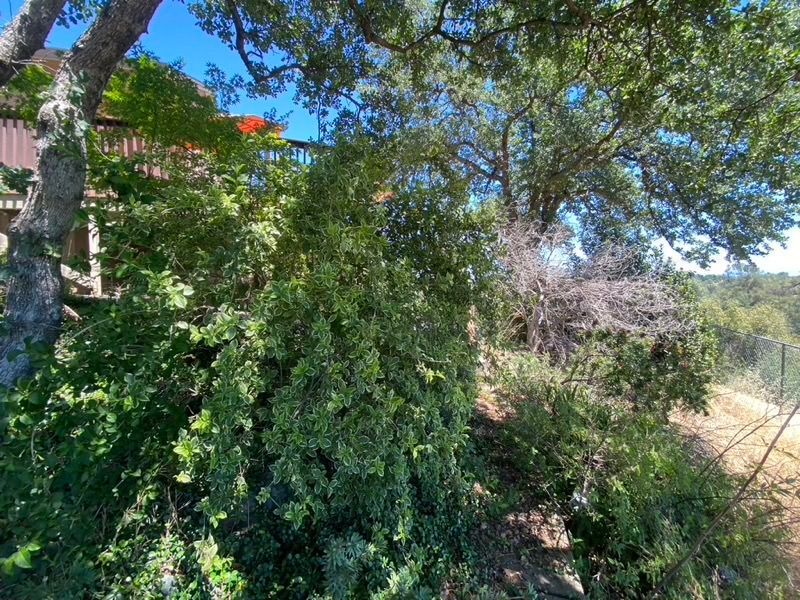
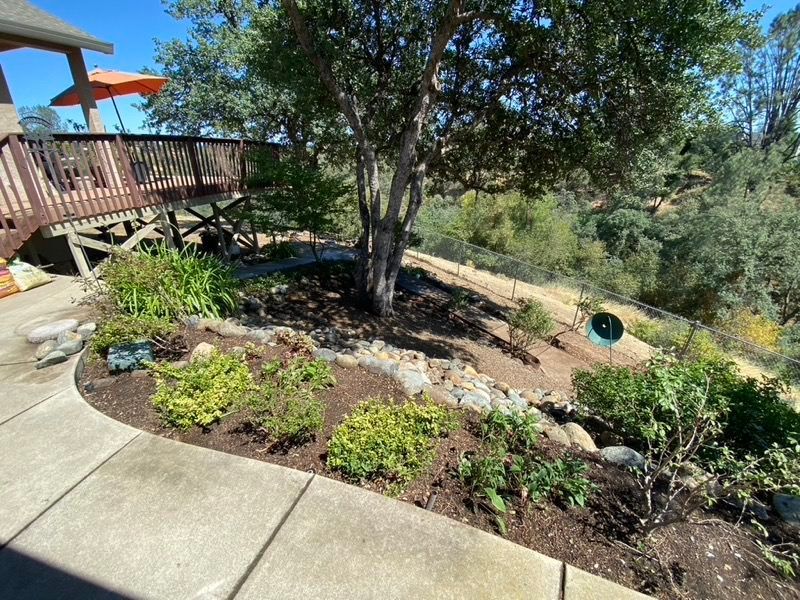
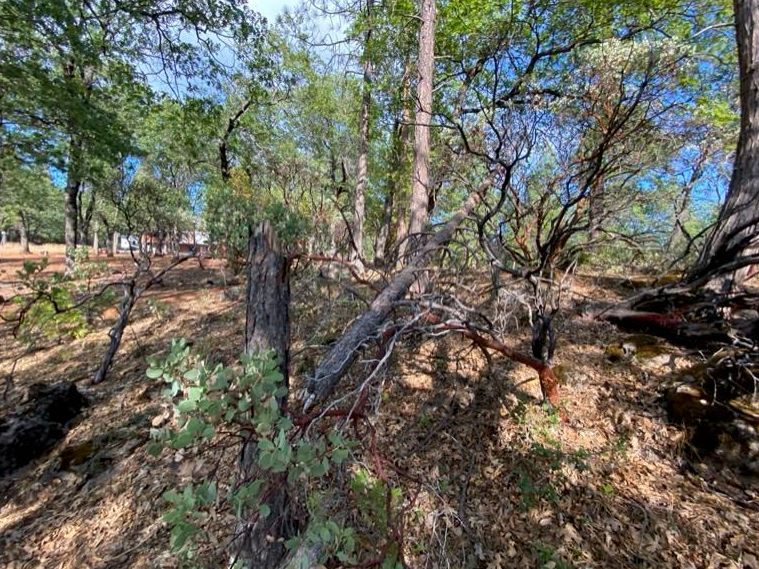
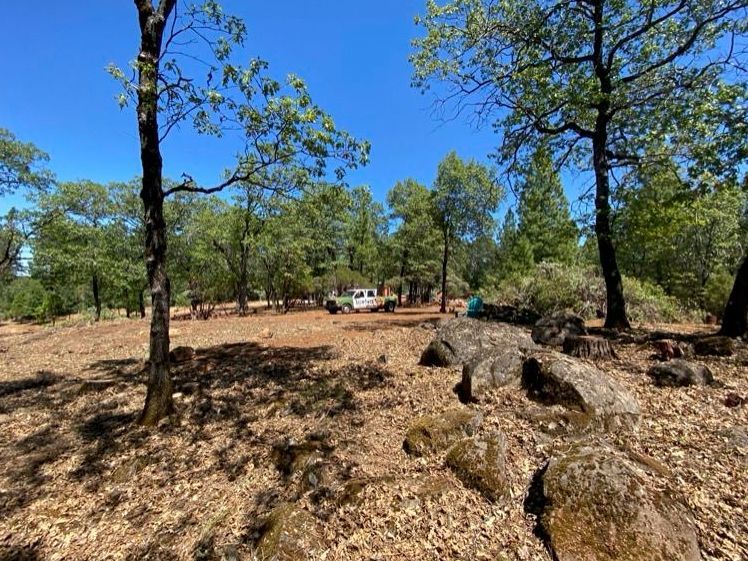
Protect your home
Today
Book a free consultation with a Defensible Space Specialist today.


